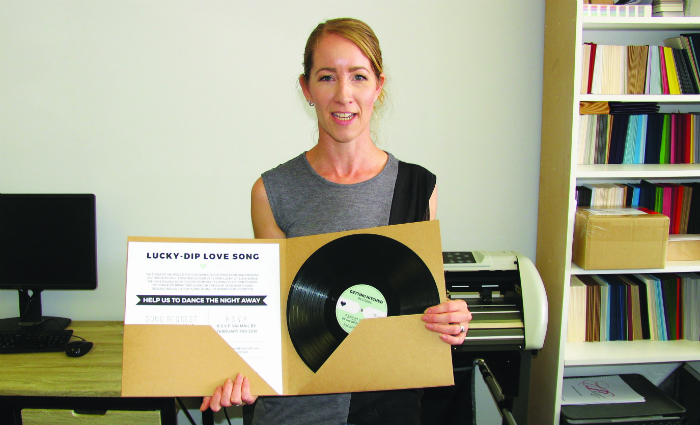Digital printing has become such a standard feature in the printing industry that manufacturers now scour the globe to detect which direction to follow in order to improve their solutions and gain an edge on their competition.
Likewise, those using digital production print engines need to understand the changed, and ever-changing, consumer landscape if they want to make the best use of the advanced technology sitting in their print shops.
Part of the challenge for commercial print companies involves understanding how much the role of printing has changed in this world of constant, virtually incessant, mobile communication. Despite changes in consumer behaviour and the integration of new technologies in consumers’ lives, their need for printed products remains. Print companies need to know how best to leverage that need in a fast changing environment.
Shorter runs and quicker turnarounds remain the central mantra for anyone considering the present and future place of digital printing. With those capabilities as a given, print companies need to consider how to best use those advantages for their customers.
Having achieved the capability for short runs, print companies can look for a greater number of orders for even shorter runs and, most importantly, make more money from them. For example, companies willing to expand into cross-media, offering marketing services in print and access to other media, will critically appeal more to prospective (and current) clients than companies offering only the ability to print.
Cross-media campaigns offer print companies opportunities to create specific and personalised products that will appeal to customers’ customers.
Print companies now find themselves in an ideal position to take advantage of the growing number of marketers and agencies who have become disappointed in the poor returns they got from solely online and digital campaigns. In demonstrating, to print buyers and marketers, the real value in connecting their digital marketing material to the hard copy segments, such as print advertising; packaging and labels; and signage, digital print producers can benefit from their digital investments.
With so much noise around electronic media, creative agencies will see print as a way to break their message through the morass. Printers that can help them do that, through print and a mix of other media, can establish fresh revenue streams, and those revenue streams should deliver premium margins.
Promoting capabilities
Although variable data printing, especially on easily marketed products, has helped make agencies and consumers alike aware of how they can customise most types of printed products, the full benefits of this truly on demand process need greater promotion. For instance, with less production comes less waste; a leaner process; and a smaller physical footprint for production, storage and distribution.
Print companies have an obligation to themselves to educate their customers on the benefits of these processes. If they achieve that aim effectively then they can rightly expect an increase in demand for personalised and customised printed products across the board and in sectors such as diverse as labels, packaging, clothing, textiles, and home décor.
In one example, Pinc, a small New Zealand company recently completed some wedding invitations that included a unlabelled LP record of cheesy love songs that the recipient was to bring to the reception to create a bit of a lucky dip play list. Pinc created a cover for the album, which contained the wedding invitation, using a Fuji Xerox Versant press.
Where agencies and consumers don’t know the possibilities of the latest digital print technology, print companies can easily demonstrate their capabilities with applications for those technological advancements.
Manufacturers of digital technology work constantly toward that end – new applications open pathways to new markets and fresh business.
For instance, the latest digital presses easily process thicker substrates enabling print companies an entry into the fast growing short run digital packaging market. Advances in toner technology and colour management software offer offset compatible printed products that enable commercial print operations to hybridise their offerings and to retain important accounts.
As recently as five years ago, some commercial printers felt they could get by without digital. That attitude has changed as they have expanded the uptake into new sectors, such as labels and textiles. For small to medium sized print businesses, lengthy product cycles and giant capital investments have all but disappeared, replaced with higher margin short, and super-short, runs delivered quickly.
As the digital technology sector continues its unpredictable evolution, commercial print, packaging, signage and label companies must have a flexible attitude to adapt quickly to the changes that the digital age forces on the business environment. Online services, MIS, web to print, cloud management should all count as no-brainers.
A few years ago, a few marketing gurus began telling printers that they needed to rename themselves as media-marketing companies; saying that print had shrunk in terms of the focus for their business. They might want to rethink that. Print companies can remain print companies and retain their print focus but they do need to understand how they can make the most of the available digital technology.


